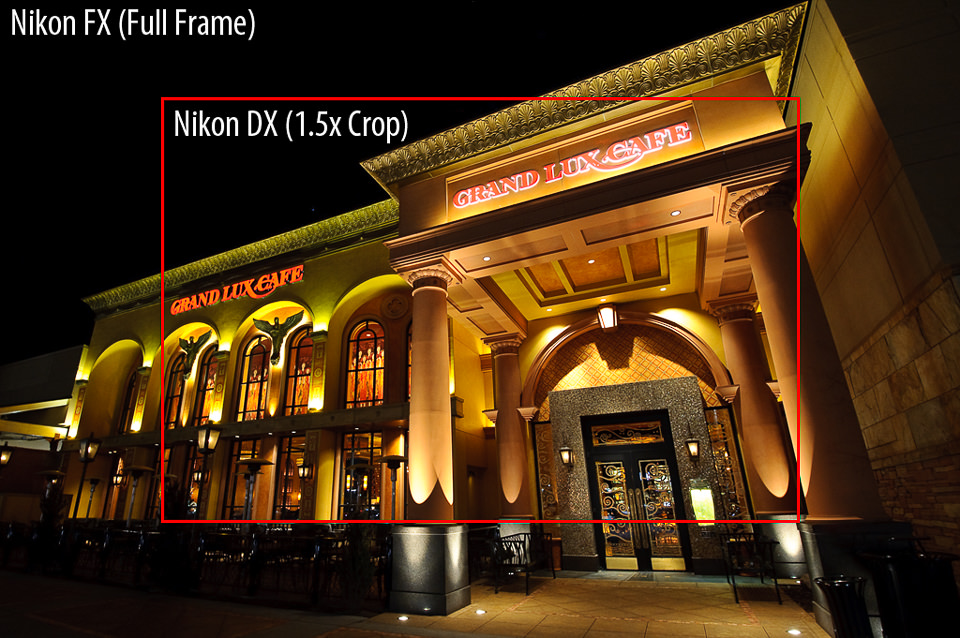There is a "feel" to every focal length, particularly how it deals with perceptive space. A 35mm will tend to distort left-to-right and top-to-bottom slightly. So, when used to take a photo of a face it may make someone's face look abnormally wide if taken fairly close. The same face, photographed with a 50mm lens in a way that it occupies the same percentage of the field of view (i.e. taken from slightly farther away) will exhibit less of this distortion. Similarly the depth of field of the 35mm will be appear to be bigger than the 50mm. For example, an object behind the subject will appear further away from the subject in a photo taken with the 35mm than with the 50mm.
Now, the 35mm on DX camera has an "equivalent focal length" to a 50mm on an FX camera.
BUT, this does not change the optical characteristics of the lens. Any optical characteristics will remain intact regardless of the sensor, so the distortion you get from a 35mm lens on an FX camera will be identical to the distortion on a DX camera, but you'll only get the center 42% of the image.
Take a look at this photo, taken with a wide angle (borrowed from
Nikon DX vs FX)...
The red box represents the size of the DX sensor while the full photo represents the size of an FX sensor. The difference between the two can be considered
wasted projection (my term) from the lens - things the lens sees that the camera cannot. If this were taken with a 35mm lens, were you to put a 50mm lens on an FX body then the red box would represent (approximately) how much of the photo you could capture with the lens, but I suspect that the look of that image would change because of the optical characteristics of the lens.
Maybe this is a better example. Look at the optical characteristics of the photo as the focal length changes...
So be careful, because you're dealing
only with focal length equivalency and not
any of the other optical considerations.


